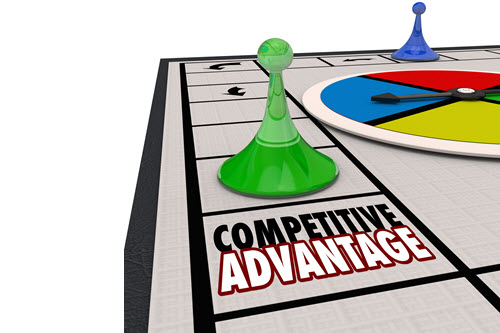May 2021
How to Make Pricing Your Competitive Advantage
This article is a follow up to the author’s April 2021 QuickRead article: “Here is What Prospects Believe About Our Pricing.” The lesson by the author is that prospective clients believe what the professional believes about pricing. If the professional believes that the price is too high, so will the prospect. If the professional believes that the price is a bargain for the value created, that professional is communicating that belief to the prospect. This article describes the choices the valuation professional faces in terms of pricing and how to make pricing a competitive advantage.
This article is a follow up to my last QuickRead article: “Here is What Prospects Believe About Our Pricing.” The lesson I’ve learned: clients believe what I believe about my pricing. If I believe my price is too high, so will my clients. If I believe my price is a bargain for the value I create, I will transfer that belief to my clients.
So what pricing strategy are you following? You have a pricing strategy, right?
What does it say about your competitive advantage? And is it sustainable?
Two Forms of Competitive Advantage
As far as U.S. businesses are concerned, Michael Porter is considered the inventor of competitive strategy (see Competitive Strategy: Techniques for Analyzing Industries and Competitors). In fact, I continue to use his classic “5 Forces” industry analysis in my business valuations.
Porter talks at length about competitive advantage, which he says comes in two forms:
- The firm can have consistently lower costs than its rivals. This strategy should lead to higher margins as long as product quality remains at an acceptable level.
- The firm can differentiate its product from its competitors. This strategy should allow the firm to command a superior price by delivering something that clients value.
What I See in Our Industry
Many business valuation and financial litigation services (BVFLS) practitioners compete on price. This is tough because the primary input in our work is educated labor + purchased research, and those costs are not decreasing. So, they cannot maintain margins unless they relentlessly pursue systemization and automation.
A fortunate few in our industry compete by being different, which is usually related to specialization and client familiarity. They only work in this practice area or that industry niche, and they really know what those clients want/need. So, they can charge a superior price.
Between a Rock and a Hard Place
Competing on price is a transactional strategy. Competing on familiarity is a service strategy. It’s got to be one or the other. We simply can’t compete in the middle of these two extremes because there is no sustainable competitive advantage.
Why? Because if we try to price our services somewhere in the middle, transactional clients will always believe our prices are too high. At the same time, that middling price won’t provide enough profit to continue delivering the high level of intimacy that service clients demand.
Competing in the middle will cause us to fail both transactional and service clients.
What to do?
For either pricing strategy, we must go all in. There is no middle.
If we’re transactional-oriented, we must do whatever we can to improve efficiencies and lower costs with technology and outsourcing.
If we’re service-oriented, we must constantly deliver the value that goes hand-in-glove with that status.
Being service-oriented seems a lot less draining … and a much better reputation to have.
What do you think … or do?!
Gentle Plug
I would be remiss not to add a gentle plug for my upcoming NACVA conference presentation on using visual models to sell our BVFLS services.
Visual models convey the WHY, WHAT, and HOW of what we do and, thus, our pricing. Visual models are necessary adds to the sales call choreography because they allow us to start showing our prospects what we do instead of telling them. I hope you’ll join me!
Everyone has a different idea of what a successful practice is. The practice you want is personal because it is based on what “successful” means to you. I help practitioners focus on the strategies, tactics, tools, and tech to build/grow/scale their versions of successful practices. If you want some help with that, e-mail me at rod@rodburkert.com.










